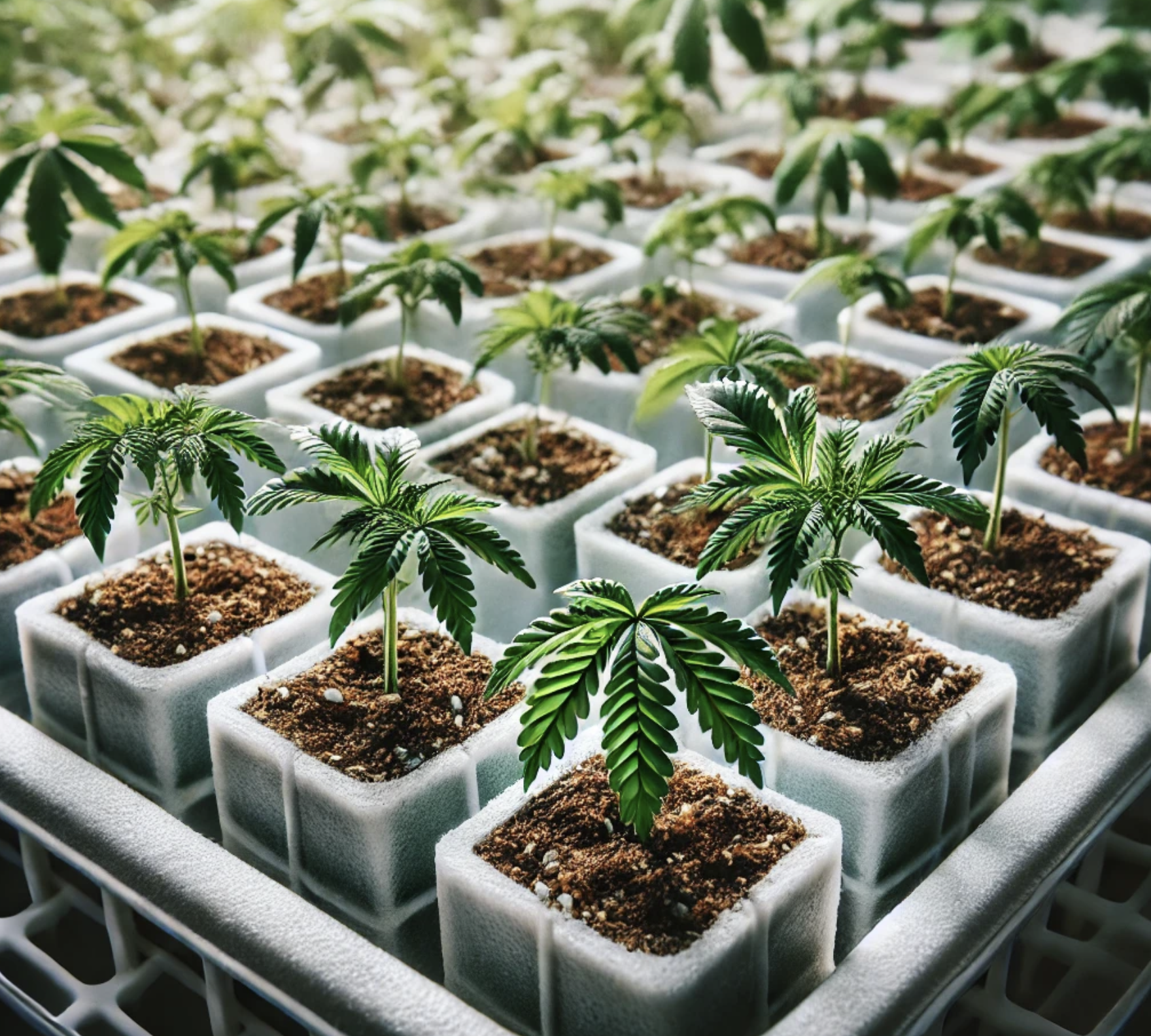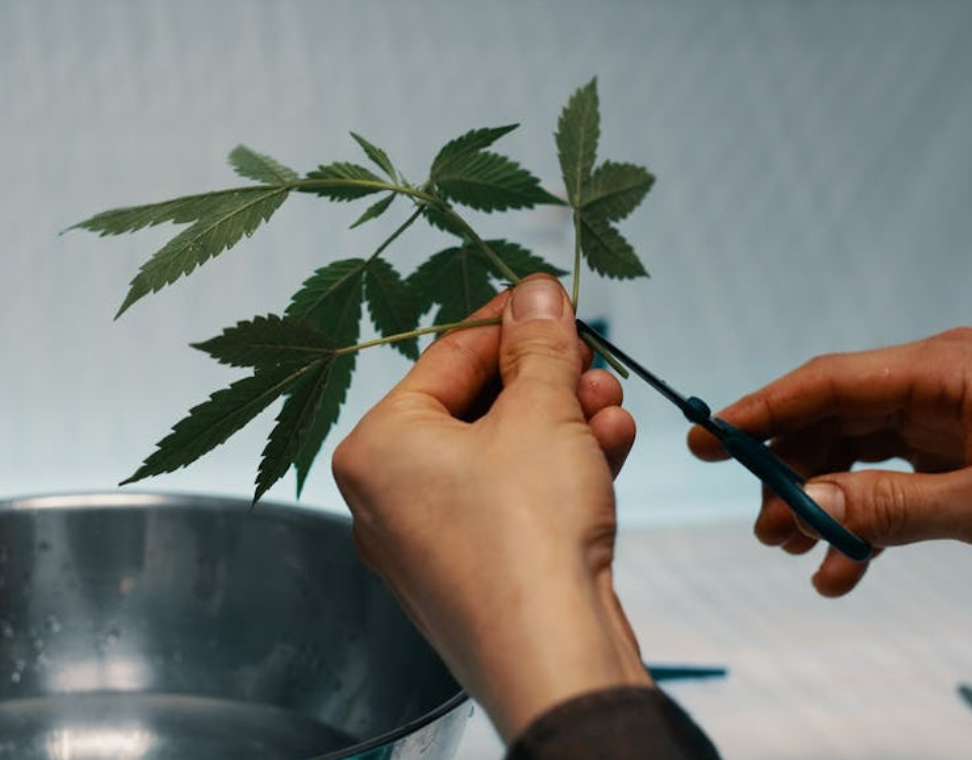Transplanting Cannabis Seedlings:
Transplanting cannabis seedlings after the emergence of their first true leaves is a pivotal and strategic step in fostering vigorous growth and ensuring ample space for root expansion. This essential process not only contributes to the overall health and vitality of your cannabis plants but also sets the stage for successful cultivation and bountiful harvests. By carefully following a few fundamental guidelines, you can greatly enhance the development of your young cannabis seedlings and help them thrive in their new environment.
Handle your cannabis seedlings with the utmost care and gentleness to prevent any potential damage to their delicate roots, stems, and leaves. This delicate handling ensures that the seedlings can continue to grow and flourish without setbacks caused by unnecessary stress or injury. When holding the seedlings, it is advisable to grasp them by their cotyledon leaves rather than the fragile stem, as this reduces the risk of harm and provides a stable grip for the transplanting process.
Transplanting your seedlings at the appropriate time, usually when they have developed their first set of true leaves, is crucial. This timing allows the plants to establish themselves in their new containers while still being young enough to adapt effectively. The transition to larger containers with well-draining soil provides the seedlings with the necessary room for root expansion and promotes robust growth as they continue their journey to maturity.
Before initiating the transplanting process, it is essential to prepare the new containers properly. Moisten the potting mix in the new containers to ensure proper hydration, and create a hole in the center that is deep enough to accommodate the seedling's root system. Gently remove the seedling from its current container, taking care to minimize disturbance to the delicate root ball and stem. The use of fine-tipped tweezers or your fingertips, touching the seedlings as lightly as possible, can aid in this process. Always hold them by the cotyledon leaves or support the root ball to prevent any potential harm.
Lower the seedling into the prepared hole in the new container, ensuring that it is positioned at the same depth as it was in its previous container. The top of the root ball should be just below the surface of the new soil. Carefully fill the hole with the potting mix, lightly pressing it down to secure the seedling in place. This delicate and precise technique helps minimize any disruption to the root system and ensures the stability of the seedling.
Following the transplanting process, it's important to water the seedlings with care, using a gentle stream of water to avoid disturbing the newly established roots. Allow any excess water to drain from the bottom of the container, preventing waterlogging and promoting healthy root growth. Maintaining appropriate moisture levels in the soil is crucial during this phase, as it provides the seedlings with the hydration they need to thrive.
Additionally, when moving seedlings to a new environment, it is advisable to gradually acclimate them to changes in light, temperature, and humidity. Sudden shifts in these environmental factors can stress the seedlings and hinder their growth. By taking the time to acclimate them slowly, you provide them with the opportunity to adapt and establish themselves in their new surroundings.
Observation and vigilance are key factors in successful transplanting and subsequent plant care. Regularly inspect your seedlings for any signs of pests, diseases, or nutrient deficiencies. Addressing these issues promptly can prevent further damage and contribute to the healthy development of your plants. Consider maintaining a garden journal or record of your inspections, noting dates, observations, and actions taken. This documentation can help you track progress and make informed decisions as your cannabis seedlings continue to grow.
Incorporating preventive measures such as sterilized equipment, proper hygiene, and optimal growing conditions can significantly contribute to the well-being of your cannabis seedlings. By being proactive and consistently attentive to their needs, you create a favorable environment that encourages healthy growth and minimizes the risk of setbacks.
By following these comprehensive steps and implementing a holistic approach to cannabis seedling transplantation, you establish a solid foundation for robust and thriving plant development. Through your dedication, care, and thoughtful practices, you provide your cannabis seedlings with the best possible start on their journey to becoming mature and productive plants.

Minnesota Cannabis Clones

